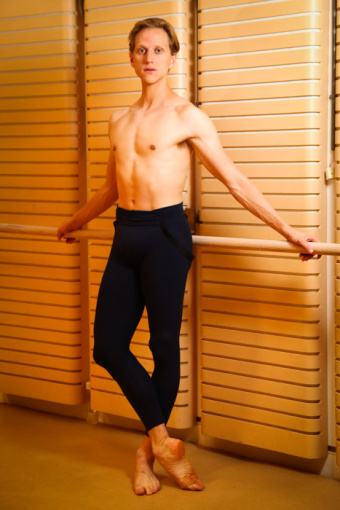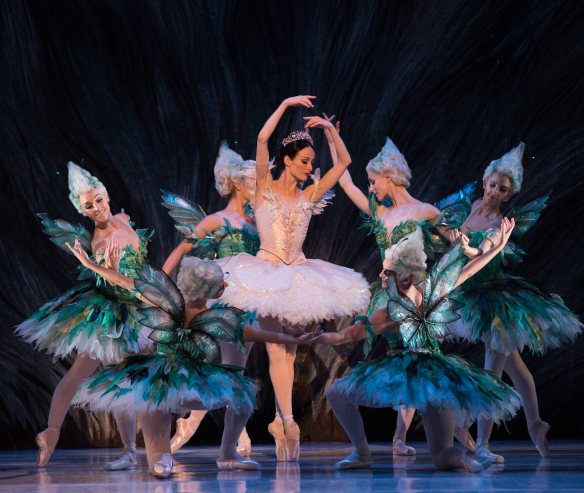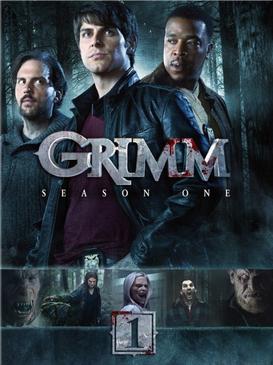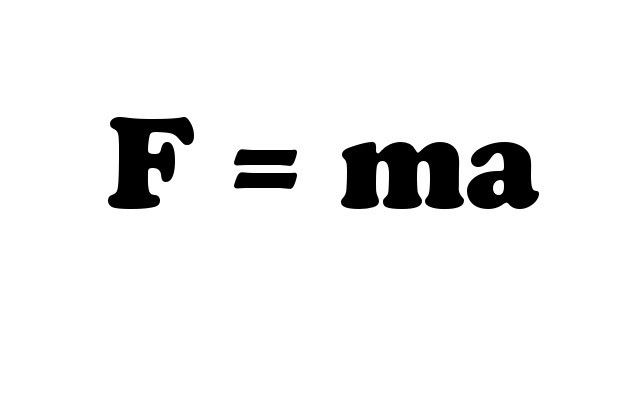The Australian Ballet, Brisbane, February 25
When David Hallberg returned to the ballet stage in Sydney in November last year, in Coppélia with The Australian Ballet, he was coming out of a two-and-a-half year layoff due to injury, the last 12 months of which he spent in Melbourne working with TAB’s medical team. The choice of Franz as a comeback role was unplanned. Coppélia just happened to be what was in the schedule when Hallberg came to the understanding that his dancing career was not, in fact, over as he had feared. Nevertheless, the light-hearted part (a role debut) was just what the doctor ordered.

David Hallberg. Photo: Renee Nowytarger for The Australian. Used with permission.
Hallberg is intensely grateful to the Australians who helped him through his dark hours and said he would be back regularly. He meant it. Last week it was announced Hallberg would be TAB’s first resident guest artist and it was in that capacity that he appeared as Prince Désiré in artistic director David McAllister’s production of The Sleeping Beauty in Brisbane on February 25 and 28. The agreement is that he will be in Australia twice a year, with his second 2017 visit coming at the end of the year in Sydney when The Sleeping Beauty has a return season there.
The 34-year-old American’s exceptional beauty of line and sophisticated bearing make him look born to this repertoire. He is a prince among men with his commanding yet seemingly effortless stage presence and he is the epitome of grace and courtliness. Hallberg gave Désiré (Florimund in other productions) a largeness of spirit not always found in a part that has little complexity of character. Désiré seeks love but needs the Lilac Fairy’s guidance to find it, he dances a little to express his yearning, is shown a vision of the lovely Princess Aurora, wakes the sleeping maiden with a kiss and marries her with much ceremony.
Who this man might be is glossed over, but Hallberg filled out the slender material with passion and tenderness. A clue might be found in something Hallberg said late last year. In a conversation with me about his recovery, he said he had come to Australia “so stripped of any sort of optimism”. In what he called his rebirth, he found perspective. “I feel now, as an artist proudly 34 years old, that I have such depth of resilience, and through that an artistic understanding that’s completely different from how it used to be. And it’s not driven by ego any more.”
His Prince Désiré embodied that selflessness and maturity and even though a handful of less than fully realised finishes were a reminder of his long absence from this cruelly exposed repertoire, the radiance of his performance was all-encompassing. His cabrioles, for example, in which he floated his outstretched legs in the air rather than beat them together as most men do, were not only individual but deeply poetic.

Amber Scott as Aurora in The Sleeping Beauty. Photo: Kate Longley
The quality of his partnering added further layers. Hallberg’s Aurora was TAB principal artist Amber Scott (his Swanilda in Coppélia) and the two look wonderful together, with Scott’s dark, delicate beauty even more lovely when set against the blond Hallberg’s tall, supremely elegant figure. The alchemy of stage rapport is a mystery, but suffice to say Scott seems more lustrous in Hallberg’s company and to project the spun-glass virtues of her dancing more eloquently. Hallberg’s connection with TAB will be wonderful for audiences and he will be a mentor and example for the men of the company, but perhaps his greatest gift is being the partner who brings out the best in Scott. She has often seemed too introverted but Hallberg makes her glow.
The Act III grand pas de deux was as grand as the situation demands yet suffused with intimacy. Individually Hallberg and Scott looked sublime and together they dazzled. I’ve never seen the famous trio of fish dives presented with such élan.
For the rest, with Nicolette Fraillon at the helm the Queensland Symphony Orchestra gave a full-blooded account of Tchaikovsky’s score, senior artist Brett Chynoweth was a buoyant Bluebird, Gillian Revie reprised her striking Carabosse and the fairies, looking a treat in Gabriela Tyselova’s luscious tutus, had more than their fair share of technical jitters. As the Lilac Fairy soloist Valerie Tereschenko showed her great promise and her relative inexperience. Her fragrant upper body and clearly articulated mime were lovely but she had a few too many slips. Another new soloist, Jade Wood, gave a good account of Princess Florine although her fixed expression betrayed tension. Still, the company (this year expanded to 77 in number) has plenty of up and coming talent – and needed it in Brisbane, as a fair handful of more senior dancers had niggles that kept them offstage.
McAllister has made some welcome tweaks to his 2015 production to clarify some of the early storytelling although, as with so many productions, the need to bring the show in at under three hours makes some aspects appear rushed. The excision of most of the Act III divertissements while still giving a flavour of them is astutely done but the account of the court in the Prologue is too abbreviated. That charge can’t be directed at Tylesova’s design, which on each viewing looks more opulent than ever.
Footnote: Hallberg’s Australian commitment is in addition to his other jobs as a principal artist with American Ballet Theatre and the Bolshoi Ballet, although it’s not clear yet when he might be dancing again with the latter. For ABT he is first cast in Alexei Ratmansky’s new Whipped Cream, opening in Costa Mesa, California, on March 15 and he will then dance Onegin and possibly Albrecht in New York in ABT’s May-July season.
The Sleeping Beauty ends in Brisbane March 4. Then Melbourne, June 16-27 and Sydney, November 11-25.
Share this:





